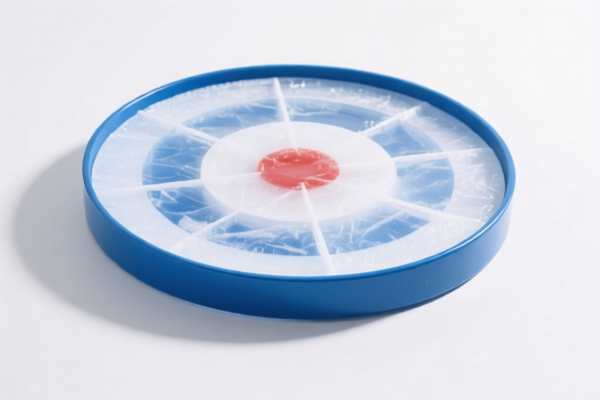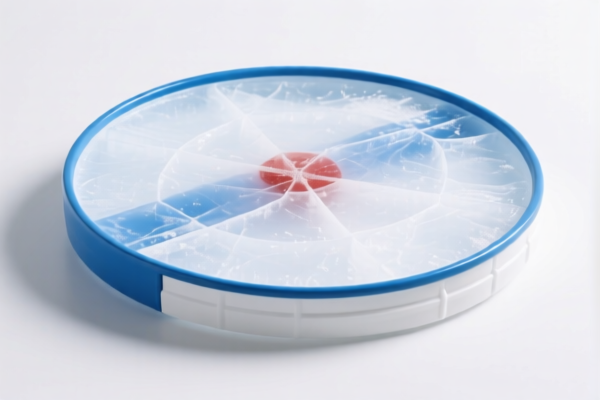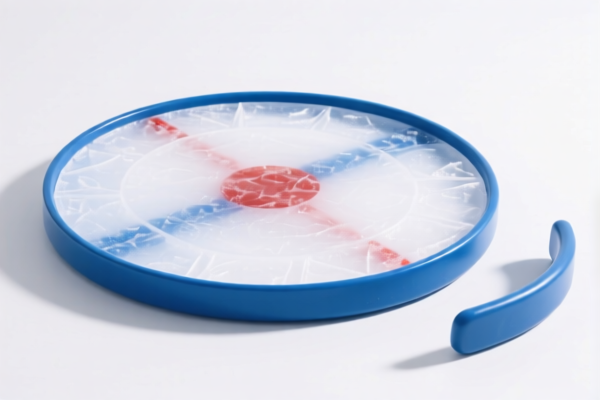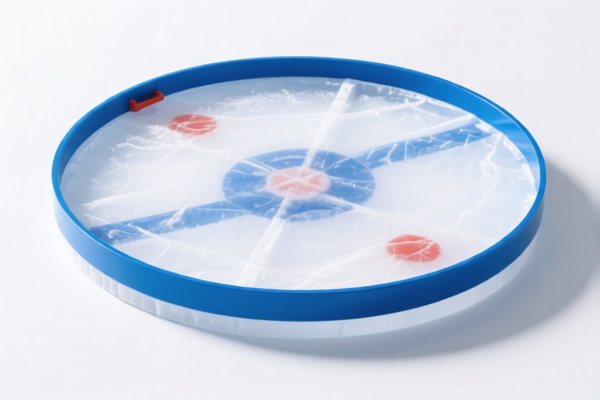| HS Code | Official Doc | Tariff Rate | Origin | Destination | Effective Date |
|---|---|---|---|---|---|
| 6304996040 | Doc | 33.2% | CN | US | 2025-05-12 |
| 6304996020 | Doc | 33.2% | CN | US | 2025-05-12 |
| 8304000000 | Doc | 33.9% | CN | US | 2025-05-12 |
| 3825900100 | Doc | 55.0% | CN | US | 2025-05-12 |
| 3825690000 | Doc | 55.0% | CN | US | 2025-05-12 |
| 3926902100 | Doc | 41.7% | CN | US | 2025-05-12 |
| 3920995000 | Doc | 60.8% | CN | US | 2025-05-12 |
| 3920991000 | Doc | 61.0% | CN | US | 2025-05-12 |
| 6213902000 | Doc | 42.8% | CN | US | 2025-05-12 |
| 6213901000 | Doc | 40.8% | CN | US | 2025-05-12 |




Ice Pad
An ice pad is a reusable cooling pack designed to provide localized cold therapy. It generally consists of a gel or water-based substance contained within a flexible, waterproof pouch, typically made of vinyl or nylon.
Material:
- Outer Layer: Commonly constructed from durable, flexible materials like vinyl, nylon, or polyurethane. These materials are chosen for their waterproof properties and ability to withstand repeated bending and freezing.
- Inner Gel: The cooling agent varies, but common compositions include:
- Water-based gels: Often contain ingredients like cellulose gum, polymers, or glycerin to maintain a pliable consistency even when frozen.
- Non-toxic phase-change materials: These materials absorb and release heat at a specific temperature, offering longer-lasting cold therapy.
- Silica gel: Less common, but provides a dry, moldable cooling effect.
Purpose:
The primary purpose of an ice pad is to reduce pain, swelling, and inflammation through the application of cold temperatures. Cold therapy (cryotherapy) constricts blood vessels, decreasing blood flow to the affected area. This helps to:
- Reduce swelling: By minimizing fluid buildup.
- Numb pain: Temporarily decreasing nerve activity.
- Limit inflammation: Slowing metabolic activity in the tissues.
Function:
Ice pads function by absorbing heat from the body. When applied to the skin, the cold gel draws thermal energy away, lowering the temperature of the surrounding tissues. This process is most effective when the pad is in direct contact with the skin (though a thin cloth barrier is often recommended to prevent skin damage).
Usage Scenarios:
Ice pads are widely used in a variety of situations, including:
- Sports injuries: Sprains, strains, bruises, and muscle soreness.
- First aid: For minor injuries like bumps, scrapes, and headaches.
- Post-surgical recovery: To manage pain and swelling after operations.
- Chronic pain management: For conditions like arthritis or fibromyalgia.
- Fever reduction: Applied to the forehead, neck, or wrists.
Common Types:
- Traditional Gel Packs: The most common type, typically rectangular or square-shaped. Require freezing before use.
- Instant Cold Packs: Contain two chambers – one with water and another with a chemical that reacts upon activation (usually by squeezing the pack). These provide immediate cooling but are single-use.
- Reusable Wrap-Around Packs: Designed to conform to specific body parts, such as knees, ankles, or wrists. Often feature straps or closures for secure application.
- Ice Sleeve/Boot: Provide cooling and compression to extremities.
- Headache Relief Bands: Specifically shaped to fit around the head and temples for headache or migraine relief.
- Phase Change Packs: Utilize a substance that maintains a consistent cold temperature for a longer duration than water-based gels.
Based on the provided information, “ice pad” can be classified under the following HS codes:
-
3926902100: Other articles of plastics and articles of other materials of headings 3901 to 3914: Other: Ice bags; douche bags, enema bags, hot water bottles, and fittings therefor; invalid and similar nursing cushions; dress shields; pessaries; prophylactics; bulbs for syringes; syringes (other than hypodermic syringes) and fittings therefor, not in part of glass or metal.
- 39: Plastics and articles thereof. This chapter covers a wide range of plastic products.
- 26: Other articles of plastics and articles of other materials. This heading specifically focuses on articles made from plastics or other materials within the specified range (3901 to 3914).
- 902100: Ice bags; douche bags, enema bags, hot water bottles, and fittings therefor; invalid and similar nursing cushions; dress shields; pessaries; prophylactics; bulbs for syringes; syringes (other than hypodermic syringes) and fittings therefor, not in part of glass or metal. This subheading narrows down the classification to specifically include ice bags and related items.
-
3920995000: Other plates, sheets, film, foil and strip, of plastics, noncellular and not reinforced, laminated, supported or similarly combined with other materials: Of other plastics: Of other plastics: Other.
- 39: Plastics and articles thereof.
- 20: Plates, sheets, film, foil and strip, of plastics.
- 995000: Other plates, sheets, film, foil and strip, of plastics, noncellular and not reinforced, laminated, supported or similarly combined with other materials, specifically those made of other plastics.
-
3920991000: Other plates, sheets, film, foil and strip, of plastics, noncellular and not reinforced, laminated, supported or similarly combined with other materials: Of other plastics: Of other plastics: Film, strip and sheets, all the foregoing which are flexible: Over 0.152 mm in thickness, and not in rolls.
- 39: Plastics and articles thereof.
- 20: Plates, sheets, film, foil and strip, of plastics.
- 991000: Specifically refers to flexible film, strip, and sheets made of other plastics, exceeding 0.152 mm in thickness and not supplied in rolls.
Regarding HS code 3926902100, please note that the items are not in part of glass or metal.
Customer Reviews
No reviews yet.